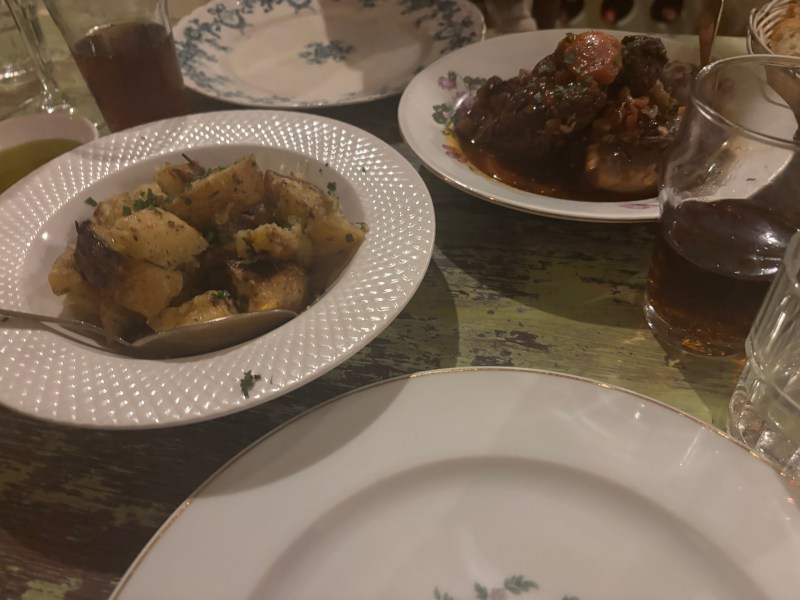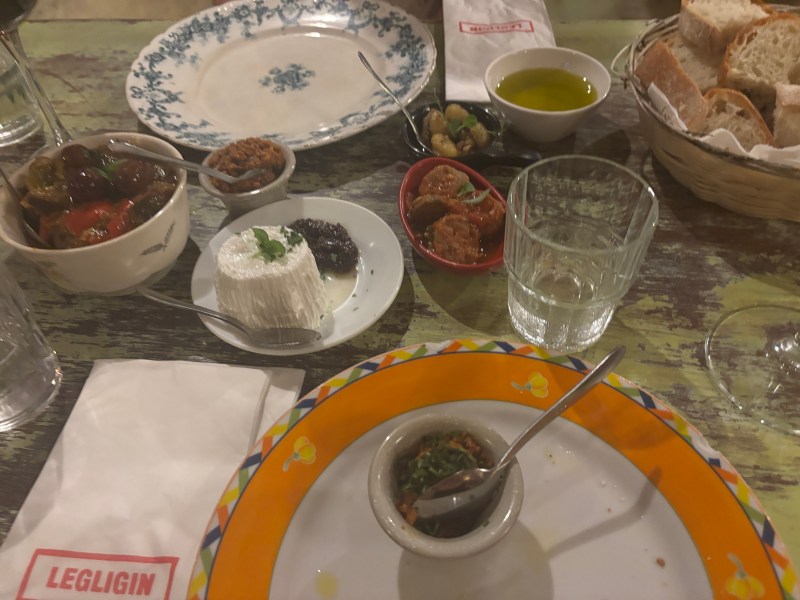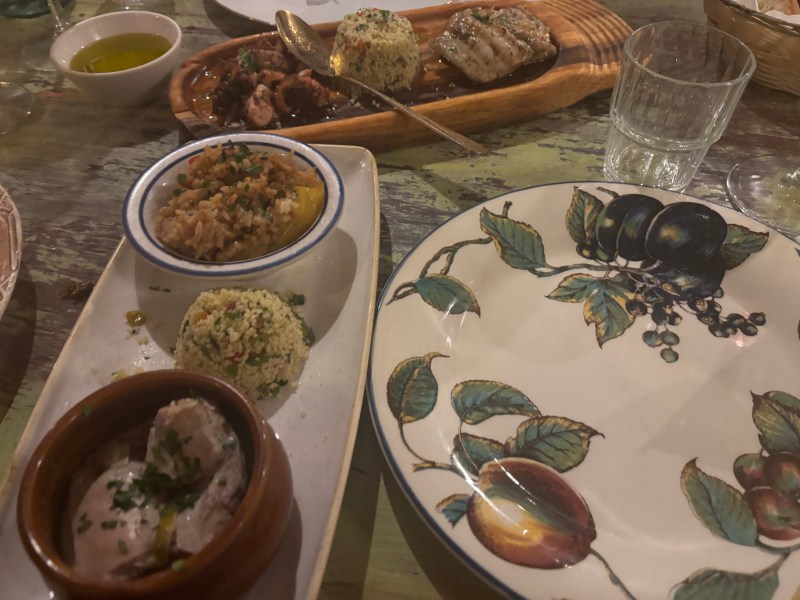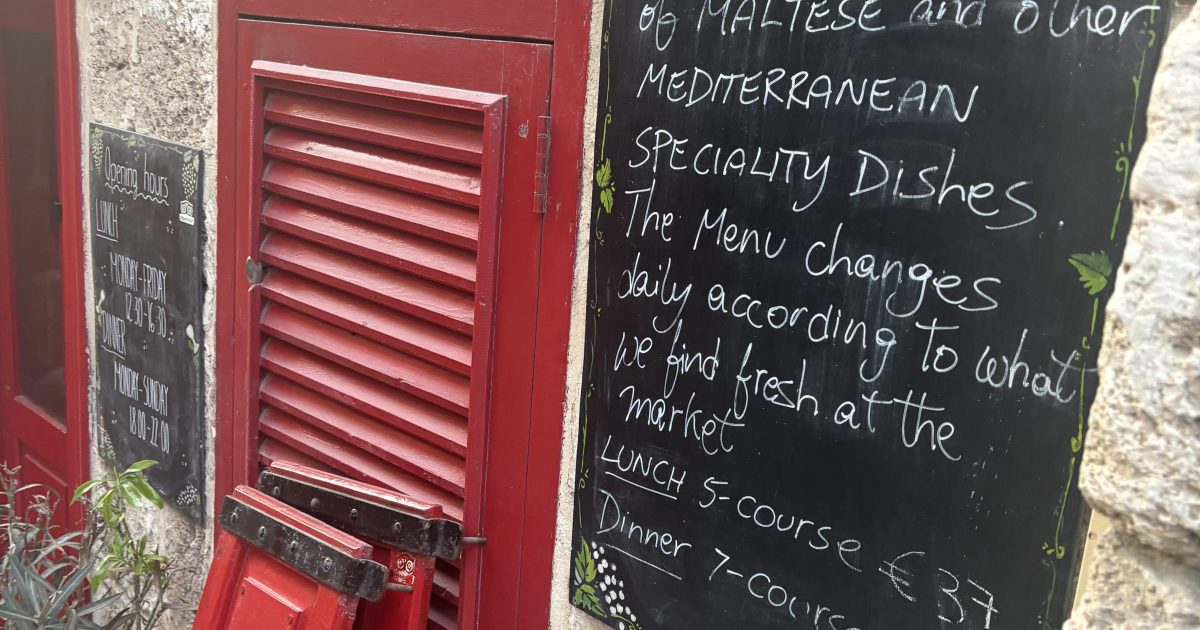Trying new cuisines and culinary flavors is one of my favorite parts of traveling to a new country. If I’m in Italy, I want to try Italian food. If I’m in Malta, I want to try Maltese food (so, you won’t find me in a McDonald’s halfway across the world). During my recent trip to Malta, I dined at a restaurant with a blind-tasting concept — something I’ve never experienced before. To my surprise, the blind-tasting menu concept offered so much more than just a delicious meal. Instead, it served as a learning experience that will change how I travel in the future. Here’s how.
Exposure to new foods

Emily Caldwell / The Manual
The blind-tasting concept at this restaurant in Malta allowed me to try multiple meals from traditional Maltese cuisine as opposed to locking myself into just one meal. Not only does the meal concept give you more variety, but it also gives me a chance to try foods I definitely wouldn’t have ordered off a standard menu.
I consider myself to be a pretty daring eater, as I’m pretty willing to try new foods and cuisines (with a few odd exceptions). However, in a traditional restaurant setting, it’s only natural that people tend to gravitate towards what they know. For example, I tried rabbit during this meal, a staple of Maltese cuisine. If I had been given a menu in advance, I certainly would not have been daring enough to try rabbit. When it’s served in front of you (and your entire group is trying it together), it makes it easier to step outside of your comfort zone and expose yourself to new foods and cuisines.
Encourages table conversation

Emily Caldwell / The Manual
Unlike a meal in a traditional restaurant setting, a blind-tasting menu sparks table conversation as the entire table is tasting and enjoying the same foods in real time. In a standard à la carte menu restaurant, most people at a table order different menu selections, but this concept forces the entire table to dine on the same meal.
As a result, I found that more of the conversation was focused on the meal, sparking conversation about what we liked about each of these “secret” menu items and which were our favorites. The concept of eating the same meal among friends felt “cozier,” which more closely resembled a dinner served at home than one served in a restaurant.
Learning about new cuisines

Emily Caldwell / The Manual
Not only does the concept of a blind-tasting menu spark unique table conversation, but it also leaves lots to question — leaving you “hungry” for learning more. During the experience, I found myself jotting down notes on my phone of things I wanted to look up later about Maltese cuisine. I found this to be true from the start to the end of the meal.
For example, the first course included Maltese bread, a traditional sourdough bread that is paired with a bean dip called Bigilla and a tuna-based dip called Arjoli dip. These foods were delicious, but my curiosity always runs deeper, wondering when and how they became staples in Maltese cuisine. (For the record, Bigilla bean dip has been a staple in Maltese cuisine since the 18th century, made from the fava bean, which served as a vital source of protein for the population. Arjoli dip, on the other hand, is thought to have made its way to Malta with the Knights of St. John.)
If you’re also an inquisitive foodie, look for a blind tasting concept at your next travel destination.
